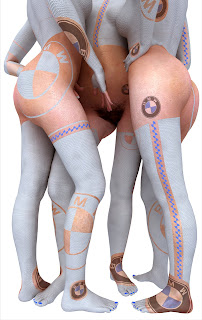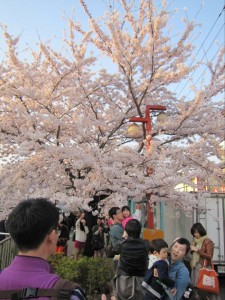Tea Tour Part 2: Real Live Horses Invade Nampodong!
This weekend cultural groups from Japan, China and Korea are coming to Busan part of the Joseon Tongsinsa Busan Festival. It starts this Thursday May 5th and goes until Sunday May 8th. It is a festival commemorating the time during the Joeseon Dynasty when Japan, China and Korea were at peace with eachother and were trading heavily. During that time trade delegations from Seoul would travel down to Busan where they would embark by ship to Japan.
What they don't tell you is that there will be a parade reenacting that time when an embassador would embark with his delegation to Japan to trade. The parade will also include real live horses and will take place Saturday at 2:00. At 2 there will be a few speeches and everyone in the parade will assemble in the park beneath Nampo tower. At 3:00 the parade will start, going down the hill and around a corner to proceed down the street past the Zen Buddhist temple heading towards the statuary, police station and roundabout.
It will be very crowded, most especially when the parade ends which will a good time to drop by one of the many teahouses along the parade route. (at the bottom of this post I've provided a tea map).
Here's the statue where the parade will pass. Up the street there's a great place for Korean teasets (usually 30,000-40,000 won). Just go up this street passing between the Police station on your right and good Calvin Klein on your right.
Another way to go is one street in from that main street. The one with all the food stands. You'll pass behind the 2F Chinese restaurant and behind the Zen Buddhist temple. Just after the temple on your left will be a women's underwear shop. Turn left at that shop.
From the main street you'll come to Cafe Pascucci and Shakers bar. Across from those two is a narrow alley with a few adjumas and sewing machines (4 sewing machines...there used to be more years before). Go down sewing machine alley to the underwear shop. Pass the underwear still going straight.
Heres the underwear shop on the left. Just walk under the umbrella keeping the undies on your left, empty grey building pictured here on your right. You'll suddenly pass several 2nd hand clothing shops. Right next to the 2nd hand clothes you'll find...
The trickly named 이은수도예공방 or Lee Eun Soo pottery making place. They don't make pottery there but sell tea hardware and steepables. I bought a western style teaset there : teapot with mesh insert and teacups for 10,000 won! There are still a few deals like that there!! She also sells flower and herbal teas as well as the classic Chinese Pu'er tea. Just ask to see her Boey Cha if you like. Her flower teas sell for 5,000 won each.
The best place for Pu'er tea in Busan is right across from the Nampo hill escalator. At the foot of the escalator you'll see what is pictured here: Cafe Bene and a Nike shop. To the left of the Nike shop you'll see on the 2nd floor a sign for a teashop/teahouse.
There are 3-4 booths with 4 seats in each. One booth has 8 seats so there is plenty of room to bring your pals.
They have a variety of teas here but are known for their green teas. This is one of the two places in Busan where you can get Japanese style powdered green tea in a bowl 말차 or Mal cha. Here they don't give you very much but it comes with Mochi the ultimate tea savory. More on that later...
큰 지도에서 Tea Treasure Map Of Busan 보기
About the Author
Matthew William Thivierge has abandoned his PhD studies in Shakespeare and is now currently almost half-way through becoming a tea-master (Japanese,Korean & Chinese tea ceremony). He is a part time Ninjologist with some Jagaek studies (Korean 'ninja') and on occasion views the carrying on of pirates from his balcony mounted telescope.
Blogs
About Tea Busan * Mr.T's Chanoyu てさん 茶の湯 * East Sea Scrolls * East Orient Steampunk Society












 RSS Feed
RSS Feed


 Amid reports of
Amid reports of 











Recent comments